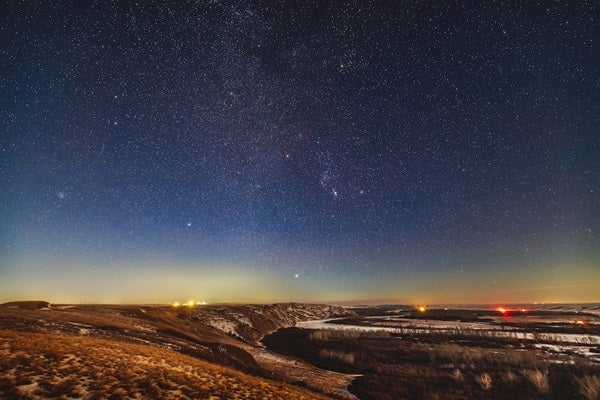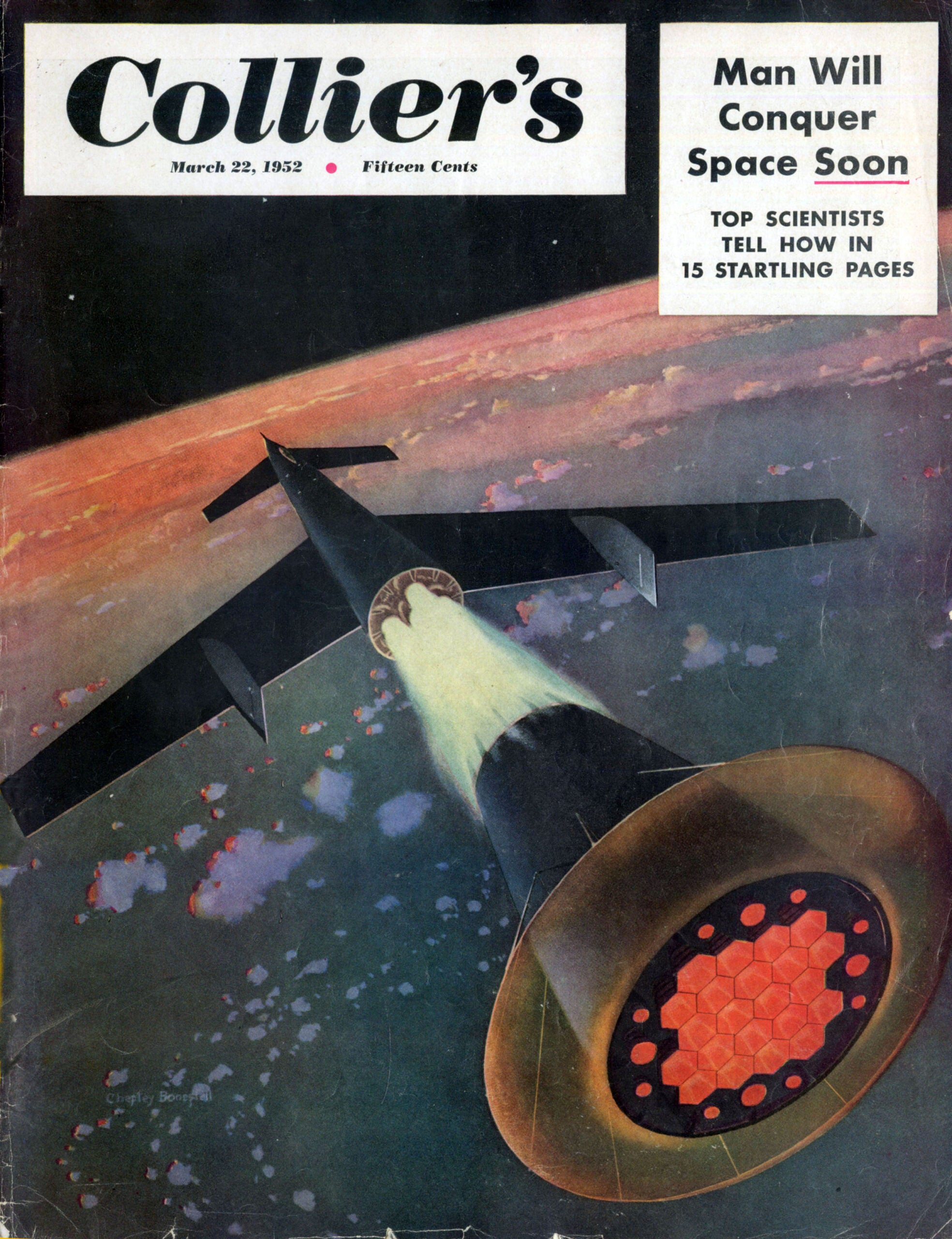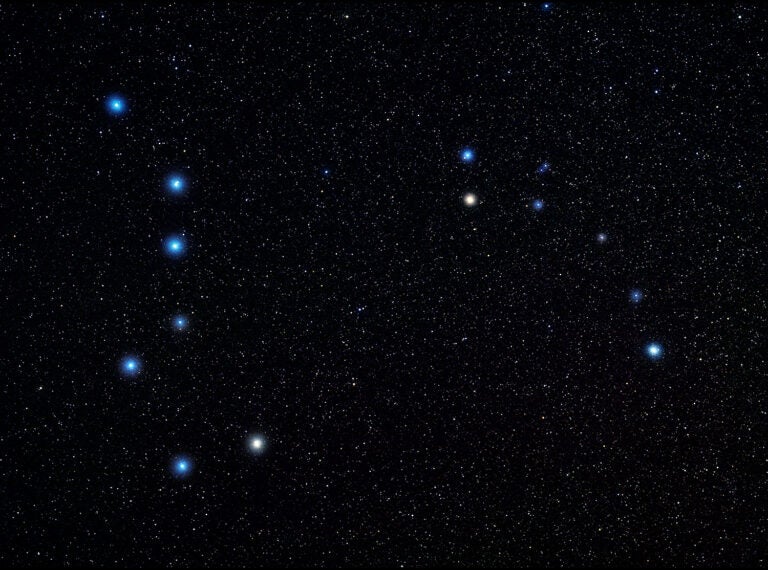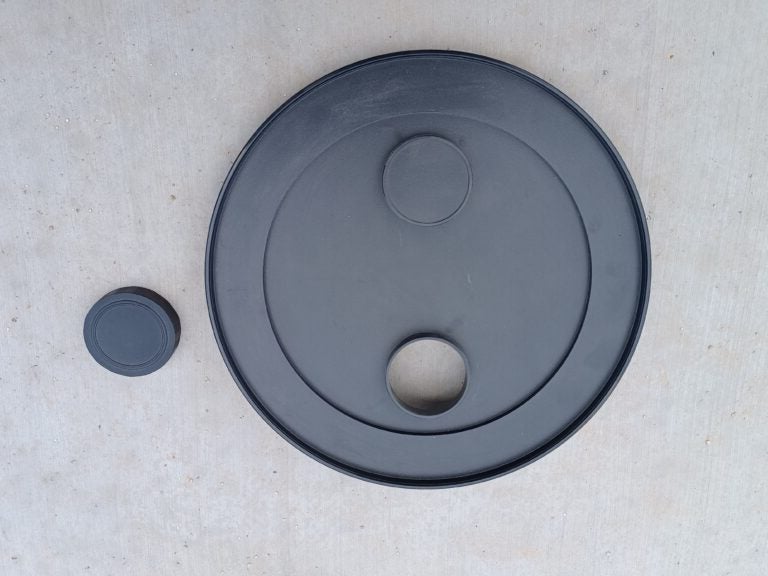Bow River in this shot
taken from the Siksika
Nation reserve in
southern Alberta.
Sirius in Canis Major
is seen rising, while
Aldebaran and the
Hyades in Taurus are
visible at top. Castor
and Pollux in Gemini
are visible at left, and
above them is Procyon
in Canis Minor. The
Beehive Cluster in
Cancer is at far left.
As I mentioned in my last column, 2022 will be the year of my farewell tour as the author of Observing Basics. I could keep writing until my dying day, but I prefer to be around to read my final piece! In the months ahead, I’ll review some of the most important skygazing skills I’ve covered during my 20 years at the helm of this introductory column.
At the top of that list is a familiarity with the night sky. Thanks to today’s technology, you can track down any constellation or bright star with a smartphone app. But there’s something empowering about being able to step outside on a clear night and navigate the stellar seas without fiddling with an electronic gizmo.
If you need to acquaint yourself with the starry firmament, you’re in luck. Winter is an ideal time to start learning. The constellation Orion the Hunter, the best possible guidepost, is currently in our evening sky. Night Sky 101 begins by going outside an hour after sunset on a clear moonless evening. Bring this copy of Astronomy (with the Star Dome sky map on page 34 bookmarked), plus a red-filtered flashlight to preserve your night vision while illuminating the map.
Facing south, hold the magazine in front of you like a car’s steering wheel and orient it so that south on the Star Dome faces downward. On the map, Orion is midway between the southern horizon and the zenith — the point straight overhead in the real sky and the middle spot on the map. Orion is comprised of a rectangle of bright stars with Betelgeuse and Rigel at opposite corners. At its center is a striking row of three bright stars: Orion’s Belt. Now look halfway up in the sky to see if you can trace the rest of the hunter. It’s a can’t-miss sight about equal in size to your outstretched hand with your fingers held together.
Orion points the way to several major winter stars and constellations. If you follow a line formed by the Belt southeastward, you’ll find a sparkling stellar diamond. This is Sirius, brightest of all nighttime stars and the leader of the constellation Canis Major the Big Dog. By following that same line back to the belt and continuing an equal distance beyond, you’ll reach a bright, ruddy-looking star. This is Aldebaran, which teams up with a handful of adjacent stars to form the V-shaped head of Taurus the Bull. Continue a short distance farther to reach a delicate cluster of stars named the Pleiades (M45).
Not only will the Star Dome help you easily locate bright stars and constellations, it will also allow you to identify those you encounter but don’t already know. Did you notice a bright star shining almost directly overhead? The Star Dome shows that’s Capella in Auriga the Charioteer. The pair of bright stars shining nearby are Pollux and Castor in Gemini the Twins. What about the bright star midway between that pair and Sirius? That’s Procyon, the only bright star in Canis Minor the Little Dog.
Spend time alternating between the Star Dome and the real sky until you can identify major winter stars and constellations on your own. If you want to spread your cosmic wings and explore other parts of the February sky, face the direction you’re interested in and rotate the Star Dome until that direction is at the bottom. Can you find the constellation Leo the Lion, which is rising in the eastern sky after sunset and is home to the stately star Regulus?
The Star Dome is a monthly guide to what’s up in the evening sky. But what if you want to explore the morning sky so you can take in a whole new stellar panorama? This is where a device called a planisphere comes in handy. You might think of a planisphere as an “anytime” Star Dome. It has two rotating parts joined at the center: a star wheel that includes all stars and constellations visible from the Northern Hemisphere, and a horizon mask with an oval window. Align the date on the star wheel with the time on the mask, and you have a personalized Star Dome! You can pick up a planisphere at your local science museum or planetarium, or order one online at MyScienceShop.com.
Questions, comments, or suggestions? Email me at gchaple@hotmail.com. Next month: binocular basics. Clear skies!

